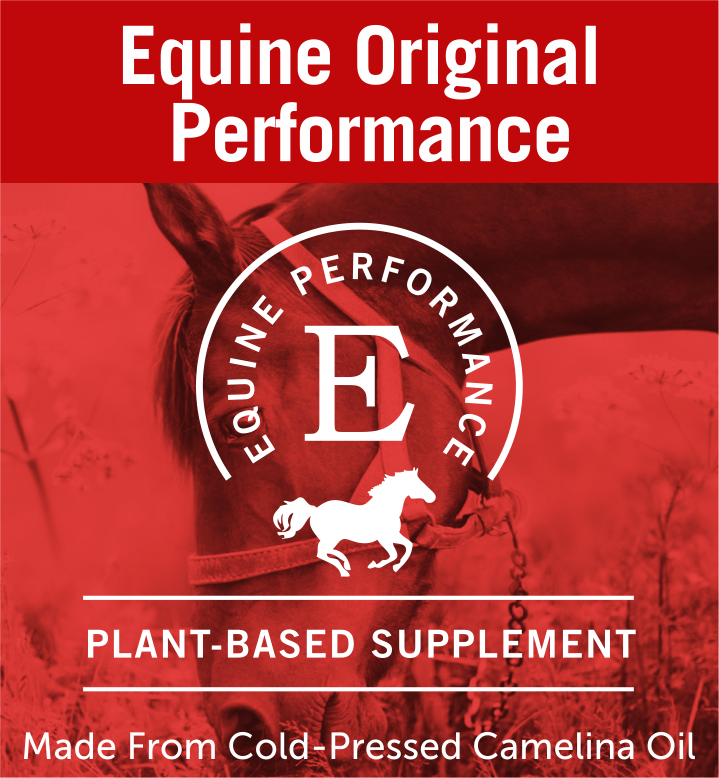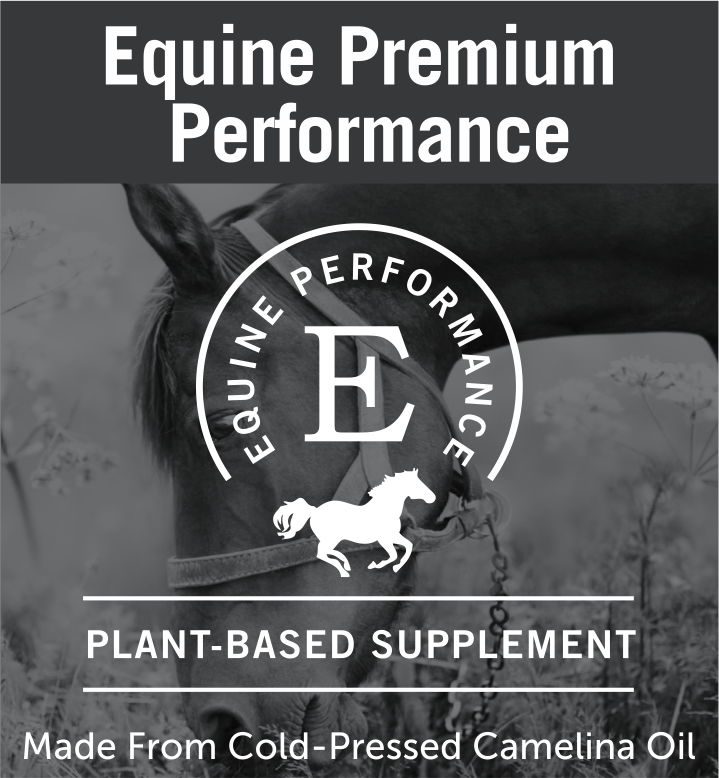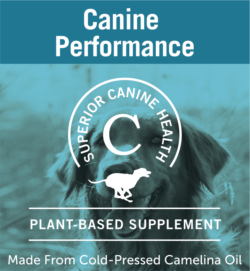Camelina sativa, also known as camelina, gold-of-pleasure, false flax, wild fax, German sesame, and Dutch flax, is an ancient oil seed crop and flowering plant that belongs to the Brassicaceae family. Other members of the Brassicaceae family include oil seeds like mustard, rapes, and canola, as well as vegetables like cabbage, cauliflower and broccoli. It is native to Northern and Central Europe and to Central Asian areas but cultivated mainly as an oil-seed crop commercially in Europe and Canada. Camelina oil pressed from the seeds of this traditional crop has a unique aroma attributed to its unique chemical makeup. Archeological excavations in Europe have revealed the existence of Camelina sativa as far back as1500 B.C. and archaeologists believe that its seeds were consumed along with flaxseeds and cereals primarily in the form of porridge and bread.
Wild Gold Camelina oil is obtained from seeds of Camelina Sativa. Solvent extraction, superficial fluid extraction and the cold pressed oil are the three main means of extracting the oil from the seeds. The solvent extraction methods guarantees a lot of oil but the oil contains harmful solvents that could harm you while on the other hand the cold pressed oil is the surest way of getting original oil nutrients which are very beneficial to the health of the body. Considered by many as a weed, the camelina plant is largely underappreciated nowadays. Camelina oil has a delicious nutty flavor and a delightful floral aroma. It is packed with heart-healthy Omega-3 and powerful antioxidants. It is also more stable than flax oil and purer that fish oil (which can contain mercury.)
Plant
Camelina sativa is an annual in the mustard family and attains heights of 1 to 3 feet. It has branched stems that become woody at maturity. Stems are generally smooth or only sparsely hairy near their base. Leaves are arrow-shaped, sharp-pointed, 2 to 3.5 inches long with smooth edges. It produces prolific small, pale yellow or greenish-yellow flowers with 4 petals. Fruits are pear shaped pods known as silicles and have a squared off tip. Seed pods are ¼ to slightly more than ½ inch long. Seeds are small (< 1/16 inch long and about half as wide) pale yellow-brown, oblong, rough, with a ridged surface. There are approximately 400,000 seeds of camelina per pound.
Health Benefits of Camelina Oil
Camelina oil offers brilliant nutrition. Along with this, its healing properties make it useful for a number of conditions
1. Helps Control Cholesterol
Camelina oil is abundant in sterols, which are shown to inhibit with cholesterol absorption. In one research, it was shown that adding camelina oil to the participants’ diet reduced blood cholesterol levels. Camelina was twice as effective when compared to olive or canola oil.
Also, most of the fats in camelina oil are polyunsaturated. These types of fats are essential for healthy cell function in your body. Whereas, camelina is very low in saturated fats that can lead to increased blood cholesterol and heart disease.(1), (2), (3)
2. Good for Skin
Camelina oil can be used as massage oil for the skin. Due it has a nice mild aroma, it feels good during the massage. It offers ample amount of Vitamin E and omega fatty acids directly to the skin. These moisturize the skin and prevent it from free radical damage. One can massage regularly to get healthier, smooth and well moisturized skin.
3. Good for Hair
Camelina oil can be used just like olive oil for a hot oil scalp massage. This provides nutrition to the scalp and gets rid of dry skin, dandruff and flakiness. It helps to keep the hair looking soft and moisturized. Its antioxidants protect the hair shafts from free radical damage.
4. Heart Health
Camelina oil lowers blood triglyceride levels. This is good for cardiovascular health as it reduces the risk of heart diseases.
5. Arthritis
Camelina oil can be applied topically to reduce inflammation in arthritis. When taken internally, it provides large amounts of omega – 3 fatty acids. Regular intake of omega- reduces overall inflammation. One can experience a reduction in pain, inflammation and swelling over the joint. It also boosts mobility in the joint. Camelina oil can be used as carrier oil. It goes well with rosemary essential oil and this combination can be massaged on the inflamed joint.
6. Good for the Brain, Eyes and Nerves
Foods rich in omega-3 fatty acids, like alpha linoleic acid, EPA and DHA are helpful in keeping the brain, eyes and nerves healthy. As a result, camelina oil may protect against cognitive diseases, like dementia, Alzheimer’s, eye diseases like macular degeneration and nervous damage due to inflammation.
7. Preventing inflammation
If you suffer from chronic pain or from an injury, camelina oil can be taken internally as well as used on the skin to work as an anti-inflammatory. This can also work on arthritis pain, something omega-3s are great for!
8. Helping immunity
Camelina oil’s antioxidant content makes it perfect for helping out your immune system.
9. Preventing general aging
Omega 3s and antioxidants are perfect to combat aging in any form, not just the skin. Keeping your brain healthy with essential fatty acids such as omega 3s is so important. This could decrease your risk for getting Alzheimer’s or dementia in addition to cognitive decline.
10. High in Vitamin E
Camelina oil is loaded with vitamin E which is an antioxidant. This helps to make sure that the oil doesn’t easily go rancid/oxidize. When this happens to oil it creates free radicals which can harm the body. This often happens when oils are heated. The high amount of vitamin E in camelina oil helps to make it more heat stable than some other oils on the market. Vitamin E when consumed is also very beneficial for our health because it helps to prevent many illnesses like heart disease and cancer.
11. High in Omega-3
It has a fantastic fat profile. Wild Gold Camelina oil is loaded with omega-3 fatty acids. This is great news because most people are deficient in omega-3. In the Standard American Diet we are consuming high amounts of omega-6. It’s important to have a good balance between the two. Consuming enough omega-3 in our diet helps fight inflammation, prevent heart disease, improve brain health, etc.
Other Uses of Camelina Oil
Camelina oil has some more interesting uses.
As a cooking oil
There is growing interest in camelina oil as cooking oil, especially for deep frying. It has the highest smoke point of 475 ° F which is much higher than olive, coconut, canola, grape seed and most other cooking oils. That is why one can use it for stir frying, deep frying and sautéing. Camelina oil has a nutty flavor, which makes it excellent for fried food and other delicacies. Camelina oil is a popular ingredient in paleo recipes.
As biofuel
Camelina oil is also a source of fuel. It is being studied for its viability as an alternate fuel. It has been used as a jet fuel on number of occasions. In Japan, it is being studied for its potential to generate electricity.
Camelina oil is also used as a nutritional supplement for dogs.
Buying and Storage
Camelina oil is very resistant to both rancidity and oxidation. It has an amazing shelf life of about 18 months and even up to 24 months. So, it really goes for a long time. One can easily get cold pressed camelina oil which is purely organic, although it is slightly pricey.
Camelina oil Facts
Camelina oil is extracted from the Camelina sativa oilseed. Camelina sativa is an ancient oilseed crop that is a member of the Brassicaceae family and is native to Northern Europe and Central Asia. Camelina was grown and consumed in Europe until the 1940s when higher yielding crops became more available. Currently, it is cultivated in Canada, the United States, Slovenia, and Italy. However, there are only a small number of acres being grown worldwide. Camelina oil can be used as cooking oil, in salad dressings, and in spreads and margarines. While it is able to withstand frying temperatures, is it not recommended that camelina oil be heated for prolonged periods of time. The oil is high in omega-3 and omega-6 fats, as well as vitamin E. Thus, it is ideal for salad and margarine oils.



